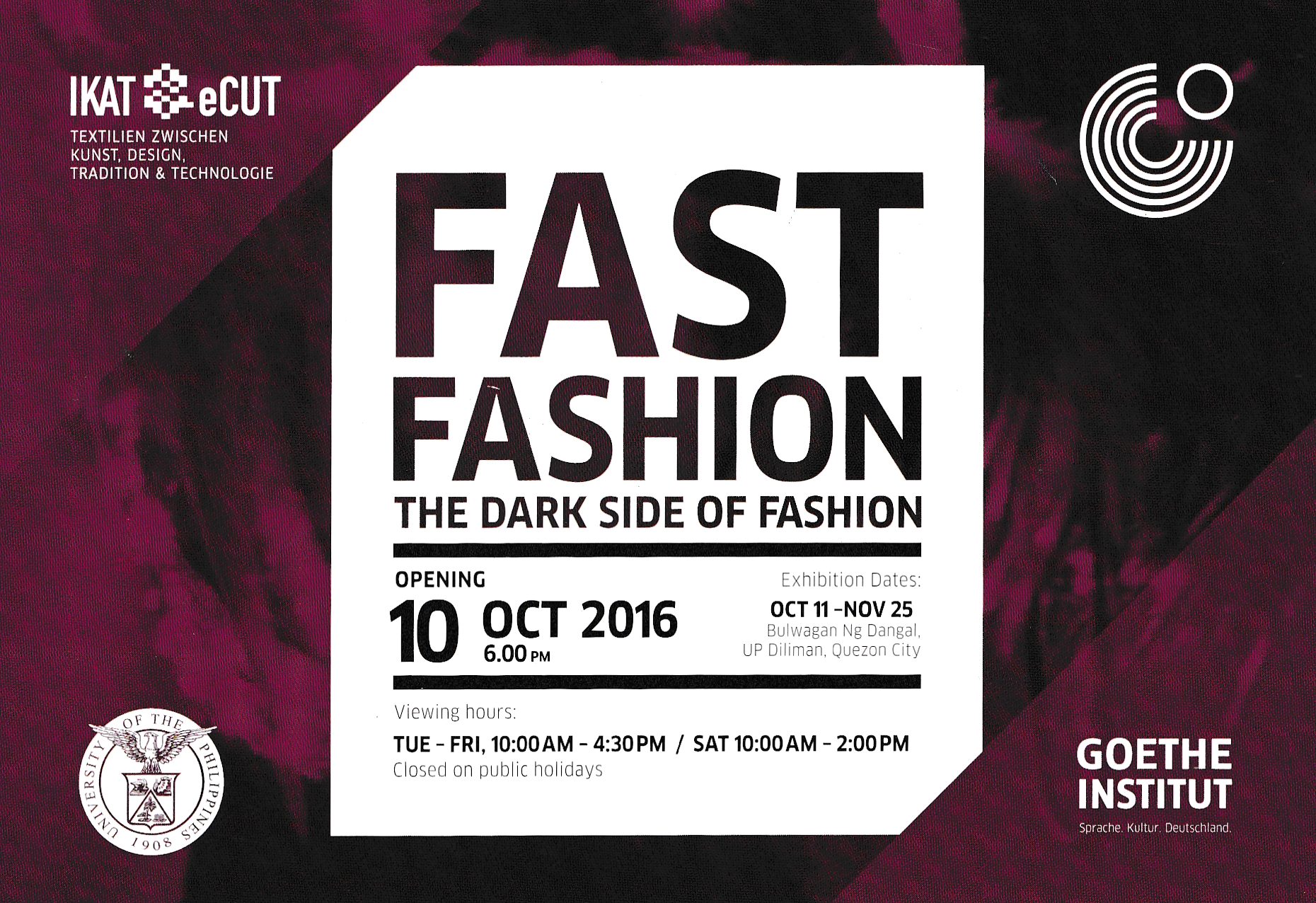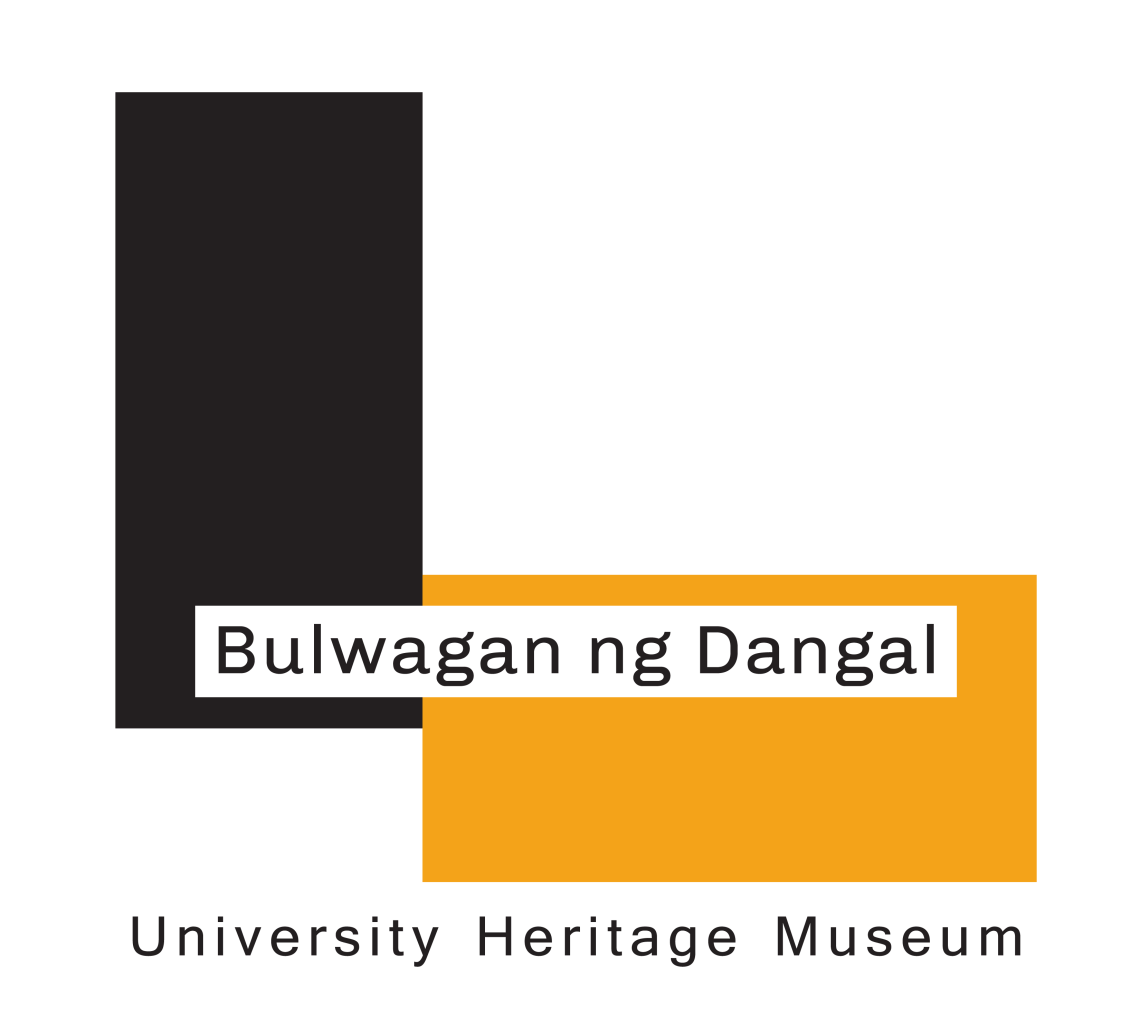
- This event has passed.
Fast Fashion: The Dark Side of Fashion

The fashion weeks in Paris, Milan, London and Berlin not only attract journalists, bloggers, buyers and celebrities. Models parade around in outfits that are, more or less, suitable for everyday wear, orchestrating designs and breathing life into them for a few moments on the catwalk. Glossy magazines, blogs and TV shows report on the latest looks, must-haves and It-pieces.
But where does it come from, this fashion that makes the transition from the catwalk to the stores, from prototype to mass production, in the course of just a few weeks? Where is it manufactured, under what conditions and by whom? How is it that items of clothing can be so cheap? Answers to these questions can be found in this exhibition.
Images of seamstresses on the brink of exhaustion, collapsed factory buildings with hundreds of dead – the shady side of a glamorous business. Using the manufacturers as scapegoats would be too simple. In many developing countries, the textile industry is seen as pioneering, capable of attracting many other fields of industry, in other words, as making a contribution to gradually improving standards of living. Then again, the textile industry situation in Europe has changed. There are hardly any weaving mills or clothing manufacturers left.
Besides its economic effects, mass consumption also has an ecological impact. It harms the environment and mankind permanently – from raw materials such as cotton being marred by pesticides, water consumption, to the use of chemicals in production and even toxic refinement on clothing. How can we avoid this kind of dilemma? Should we forgo fashion? Surely not. As the show and the exhibition portal demonstrate, there are already alternatives – from sustainably produced fashion to upcycling concepts, new fibers and innovative technologies.
The Goethe-Institut Philippinen in partnership with the College of Home Economics, UP Diliman (UP CHE) presents FAST FASHION, an exhibition on the dark side of the fashion industry.
Part of Goethe-Institut’s larger Ikat/eCut project, FAST FASHION is an exhibition by the Museum für Kunst und Gewerbe Hamburg made possible by Karin Stilke Stiftung + DBU Deutsche Bundesstiftung Umwelt.
Curated by Dr. Claudia Banz of the Museum for Arts and Crafts, Hamburg (Museum für Kunst und Gewerbe Hamburg).
